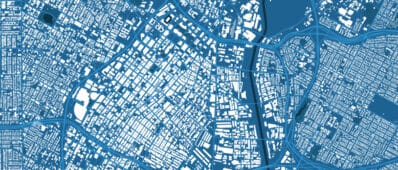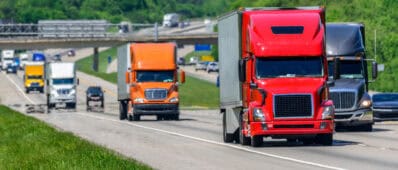Abstract
Traffic impact analysis (TIA), which estimates the nearby traffic effects of proposed land development, tends to bias against higher-density developments in urban areas where traffic is often heavy and travel alternatives plentiful. This has important implications for housing supply and affordability, suburban sprawl, and private vehicle dependence. We examine the understudied implications of TIA on housing by drawing on empirical evidence from distinct bodies of research in the transportation and land use planning literature to describe the mechanisms through which TIA may affect housing markets. We conclude that TIAs likely have negative effects on both urban housing production and affordability.



